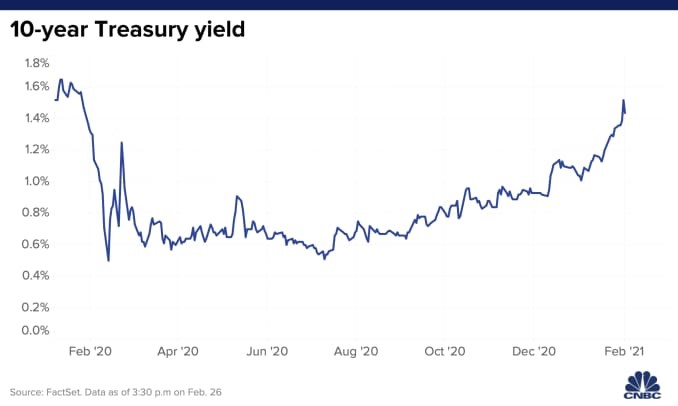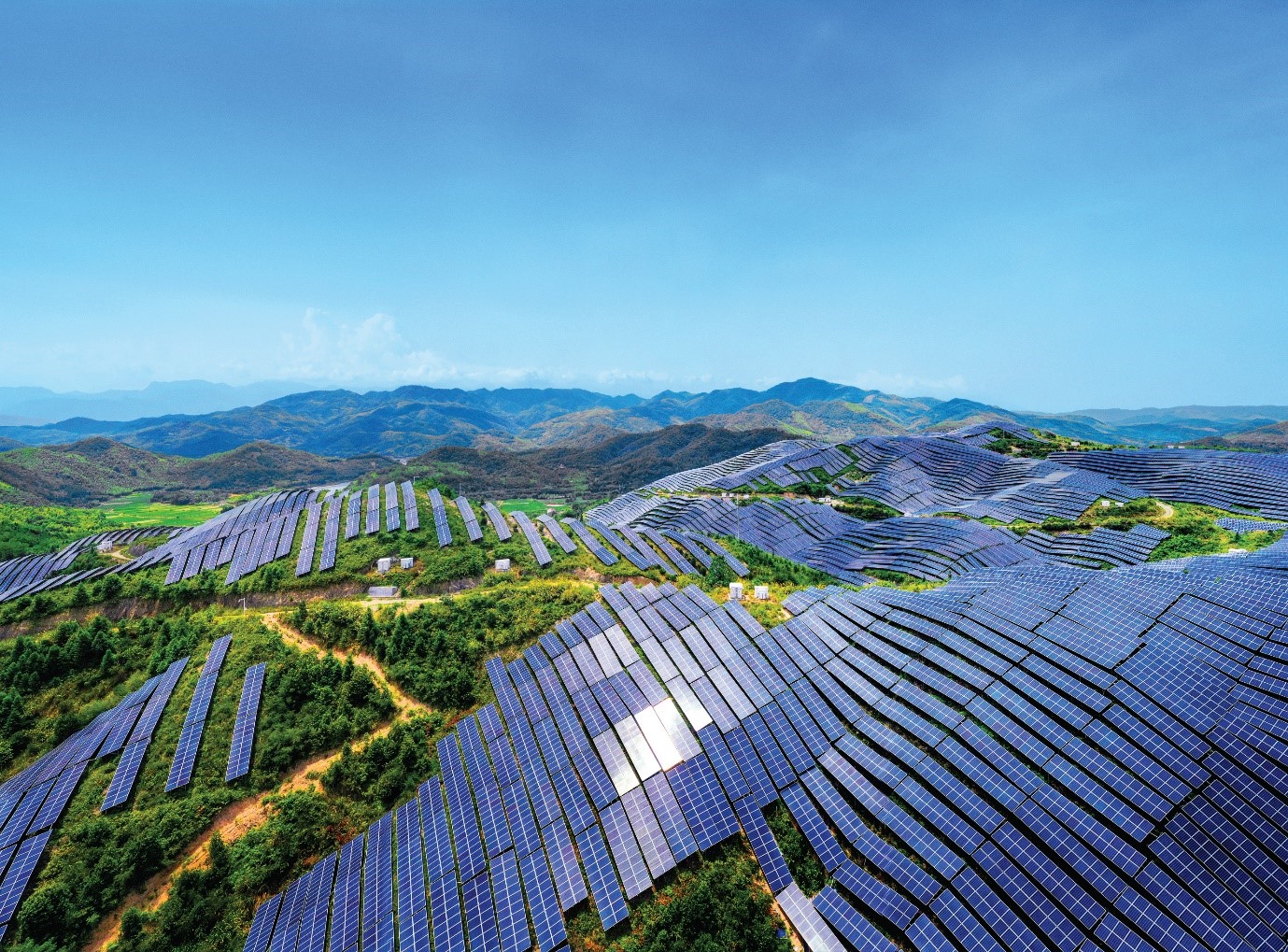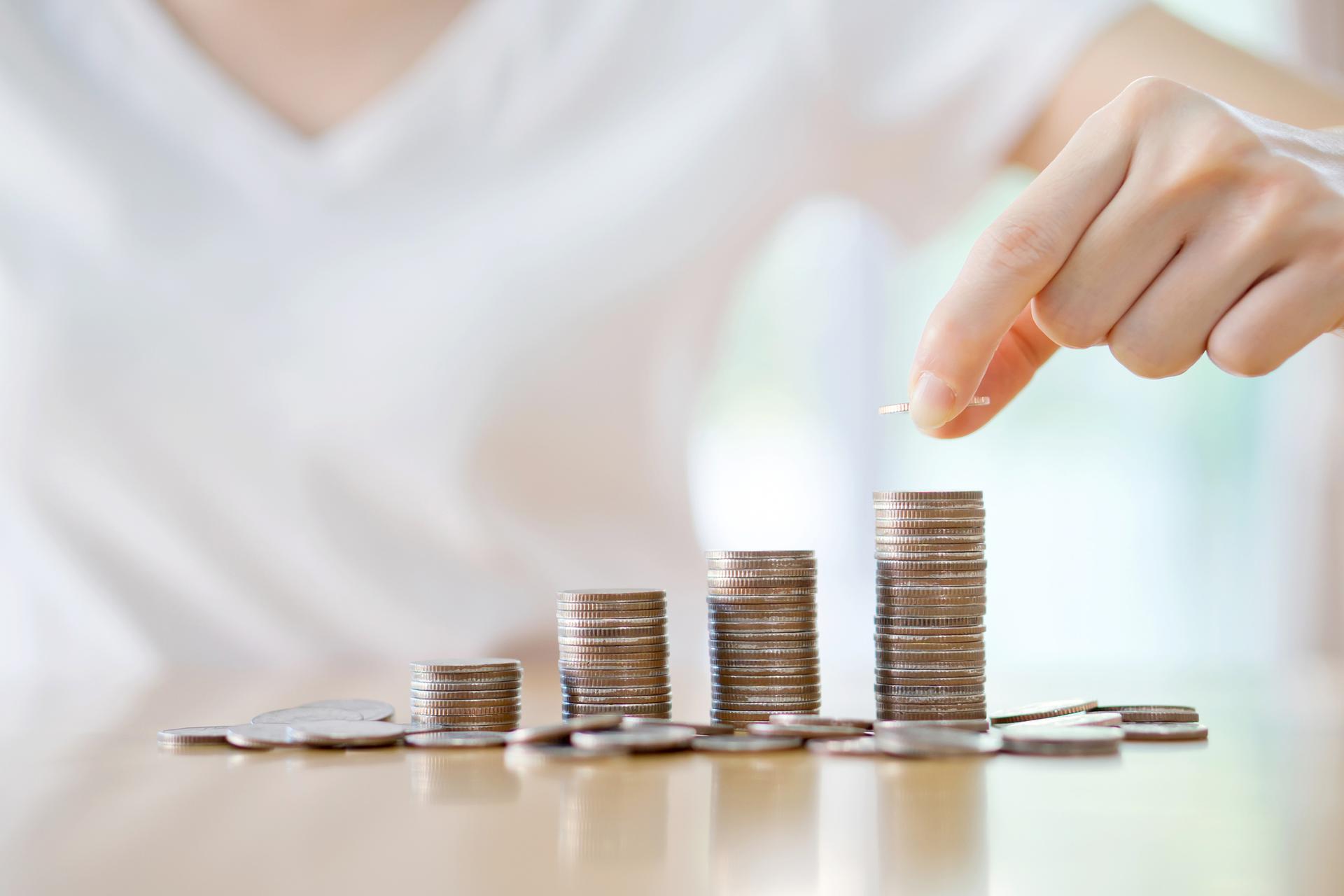|
Q1 2021 Market Update: The quarter(back) and beyond
6 April 2021 
The quarter(back) 2021 started with the vaccine fervor lifting market sentiments. The year quickly ushered in a new US President, Joe Biden, who has since signed a flurry of executive orders, actions and memorandums primarily focused on addressing the pandemic and undoing former President Trump’s policies.1 He has also quickly made a $1.9 trillion stimulus proposal a top legislative priority, which eventually passed in March.
Upgrading its 2021 global growth forecast to 5.5% in January, the International Monetary Fund’s (IMF) said that greater success with vaccinations and therapeutics and additional policy support could improve growth outcomes, while slow vaccine rollout, virus mutations, and premature withdrawal of policy support can worsen outcomes.2
With vaccinations underway and as the economy begins to reopen, investors then turned their focus to the bond market and inflation. February was characterised by the sell-off in government bonds globally, as investors looked ahead to the prospect of a strengthening economy. The 10-year US Treasury yield topped1.6% and traded at its highest level in more than a year, raising concern for investors across asset classes.3

Rising government bond yields amidst rising inflation data have put pressure on equities, with tech stocks getting hardest hit as investors reassessed lofty valuations. Nasdaq dipped into correction territory from its February highs, while more cyclical stocks, which were previously battered by shutdowns and stand to benefit most from an economic recovery, gained favor as vaccine deployment gathers steam and restrictions are lifted.4
Wall Street is increasingly confident that the pandemic can be brought under control, and life can begin to return to normal. Spending in cash-starved sectors like travel and hospitality may soon jump, and companies that have been struggling could see earnings bounce back.5
US After the latest $1.9 trillion pandemic-relief bill, the Biden administration is considering as much as $3 trillion worth of measures to include in the long-term economic program, with infrastructure and climate change previously described as key efforts in the pending program. The longer-term proposals are expected to feature a major revenue-raising effort, with increasing corporate taxes and rates for the wealthy being a central component.6
Treasury Secretary Janet Yellen and Federal Reserve Chairman Jerome Powell have both agreed that elevated asset valuations in pockets of the markets are not yet reason for alarm. Speaking before the House Financial Services Committee, both affirmed their confidence in the stability of the financial sector as the US economy recovers from the pandemic.7
In what appears to be an early fruit in a concerted US diplomatic push to confront China in league with allies, US, the European Union, Britain and Canada imposed sanctions on Chinese officials in March for human rights abuses in Xinjiang. China denied all accusations and has retaliated with punitive measures against the EU that appeared broader, including European lawmakers, diplomats, institutes and families, and banning their businesses from trading with China.8
China The CSI 300, designed to replicate the performance of the top 300 stocks traded on the Shanghai Stock Exchange and the Shenzhen Stock Exchange, lost all its gains this year and had entered correction territory.9 This comes as officials repeatedly warned of asset bubbles and specified the curbing of risks in the financial system as a key policy goal.10 The Chinese government is targeting Gross Domestic Product (GDP) growth of 6% or more this year, taken by some as an indicator that Beijing expects growth to moderate while it takes steps to curb debt-related risks.9
China’s 14th Five Year Plan’s emphasis on boosting domestic demand, supply chain upgrading, technology self-sufficiency, and further opening the country’s domestic markets implies opportunities for investors in multiple sectors, such as tech, clean energy, education, and healthcare.11 The country is pushing to rival the US in cutting-edge technologies and in developing an independent supply chain to wean companies off dependence on American suppliers. China will also revise regulation and policies to support the flow of venture capital into start-ups, free up bank lending and extend tax incentives to encourage research and development.12
Europe & UK Vaccine rollouts in EU states have started sluggishly, and is expecting to receive less than what it was hoping for.13
Narrowly avoiding a no-deal Brexit in 2020, the volume of exports going through UK ports to the EU fell by a staggering 68% in January from the year before. UK companies have had to either halt exports to the EU or to set up warehouses or subsidiaries within the EU so they can distribute goods more easily. A new set of difficulties is also expected in months to come as the infrastructure needed when the UK introduces full import checks on goods from the EU on 1 July may not be ready in time.14
Asset manager BlackRock however, overweight UK equities and have upgraded European equities to neutral. According to the manager, recent earnings suggest an improving outlook for European and UK companies, with cyclical exposures such as materials and energy lending additional support as they posted the strongest upward earnings revisions. The manager sees UK and European equities relatively well-placed in the current environment as their research shows equity prices are typically less sensitive to rising rates when valuations are low. The manager also opines that European companies have also made strides in the shift towards sustainability, positioning them well for the transition to a zero-carbon economy that they believe will be a key driver of asset returns over the strategic horizon.15
India IMF’s 2021 growth projection for India was 11.5% in January.2 Fitch Ratings also revised its India GDP growth estimate to 12.8%, citing a swifter-than-expected recovery from the lockdown-induced recession.16
Fitch noted that the manufacturing Purchasing Manager’s Index (PMI) remained elevated in February, while the pick-up in mobility and a rise in the services PMI point to further gains in the services sector. The agency believes the Union Budget for the fiscal year ending March 2022 (FY22) unveiled a fiscal stance more accommodative than expected, with spending set to be increased substantially, notably in infrastructure, healthcare, and military outlays. Fitch no longer expects the Reserve Bank of India (RBI) to cut its policy rate, given the brighter short-term growth outlook and a more limited decline in inflation, but expects the RBI to keep its policy loose over the forecast horizon to shore up the recovery.16
A cause for concern? Though government bond yields remain historically low, a rapid rise yields can ripple through to other assets, affecting everything from financial stocks to the housing market.17
Central banks appear to be growing perturbed at the sell-off, which has the potential to pump up lending rates at a delicate time for the global economy. The Reserve Bank of Australia restarted its bond purchases to quell the rise in its government bond yields, and European Central Bank president Christine Lagarde said that policymakers were “closely monitoring” the situation.
BlackRock do not view rising nominal yields as a source of worry as long as their new nominal theme holds, with a more muted central bank response against inflation than in the past – and monetary authorities leaning against any excessively rapid increases in real yields. The recent increase in real yields, in their view, reflects expectations for a stronger economic restart and underpins the recent broadening of their pro-cyclical stance.15
The takeaway In a recovering economy, there could be bouts of opportunities within infrastructure, real estate, financial, commodities and energy-related sectors. The tourism industry would be poised for a recovery when the pandemic can be increasingly and successfully brought under control. Fixed income and inflation-linked bonds could also benefit from the rising inflation. Small-mid cap, closer linked to the economy, could also do well in an economic reopening. From a regional perspective, Asian prospects India and China are expected to lodge significant positive GDP growth this year.
Once normalised, the economy will look again to secular growth for sustainable gains. Investors might do well with increased government spending and fiscal stimulus. Markets are ever-evolving, and the challenge for investors would be to balance the long-term view with the near-term pressure.
Instead of chasing the latest runaway stocks, sectors or markets, look to your portfolio and assess if it is in line with your longer-term outlook, and if tactical plays with your portfolio would be worth the while. A dollar-cost-averaging strategy and an asset allocation plan might just be the simplest ways to take your emotions out of your investing journey so login to your dollarDEX account and evaluate your portfolio today. If you don’t have one, take the opportunity to open an account and get started on your investing journey.
YOU MAY ALSO LIKE THIS
Sources: 1 https://edition.cnn.com/2021/01/22/politics/joe-biden-executive-orders-first-week/index.html 2 https://blogs.imf.org/2021/01/26/a-race-between-vaccines-and-the-virus-as-recoveries-diverge/ 5 https://edition.cnn.com/2021/02/26/investing/premarket-stocks-trading/index.html 10 https://finance.yahoo.com/news/china-state-funds-buy-stocks-024740712.html 15 https://static.seekingalpha.com/uploads/sa_presentations/92/67092/original.pdf 17 https://www.reuters.com/article/us-usa-bonds-markets-idUSKBN2A82AC 18 https://www.ft.com/content/9fbafac5-02a9-43dd-ab61-b2ca05cb5264
|




